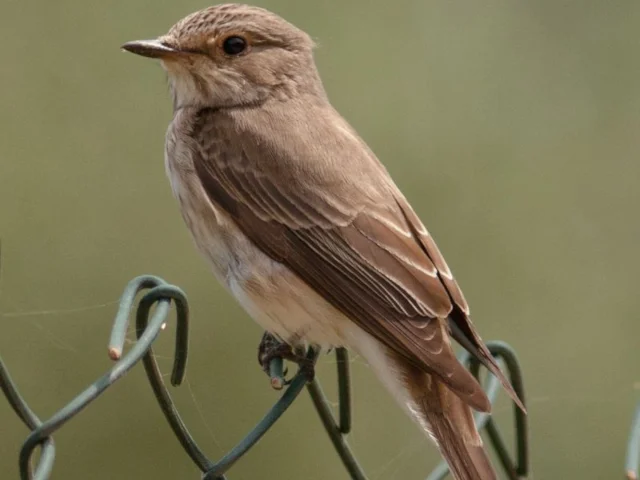Two subspecies of two familiar species of European bird, both in the chat and flycatcher family Muscicapidae, have been mooted as potential splits in recent papers, possibly adding to the numbers of Mediterranean and North Atlantic island endemics in the region.
Two cryptic subspecies have been analysed by researchers: an already described form of Spotted Flycatcher Muscicapa striata from Corsica, Sardinia and the Tuscan archipelago, and a formerly unsuspected form of Robin Erithacus rubecula from Gran Canaria in the Canary Islands, previously included in the subspecies E r superbus, which occurs on Tenerife.
M s tyrrhenica – which has not been given an English name – is paler and warmer in colour, with less streaking on the underparts and a shorter primary projection. The authors flirt with the idea of it being a full species, but say that further research is necessary.
E r marionae – ‘Gran Canaria Robin’ – is smaller and has a substantial genetic difference of 3.7 per cent from E r superbus, but again requires further work on DNA and vocalisations.
References
• Dietzen, C, Michels, J P, and Wink, M. 2015. Formal description of a New Subspecies of the European Robin from Gran Canaria Island, Spain (Aves: Muscicapidae: Erithacus rubecula marionae subsp. nov.). The Open Ornithology Journal 8: 39-42.
• Viganò, M, and Corso, A. 2015. Morphological differences between two subspecies of Spotted Flycatcher Muscicapa striata (Pallas, 1764) (Passeriformes Muscicapidae). Biodiversity Journal 6: 271-284.
Familiar species to be split?
8deb7eef-1f4e-4b3f-9c82-01f723959ce7


